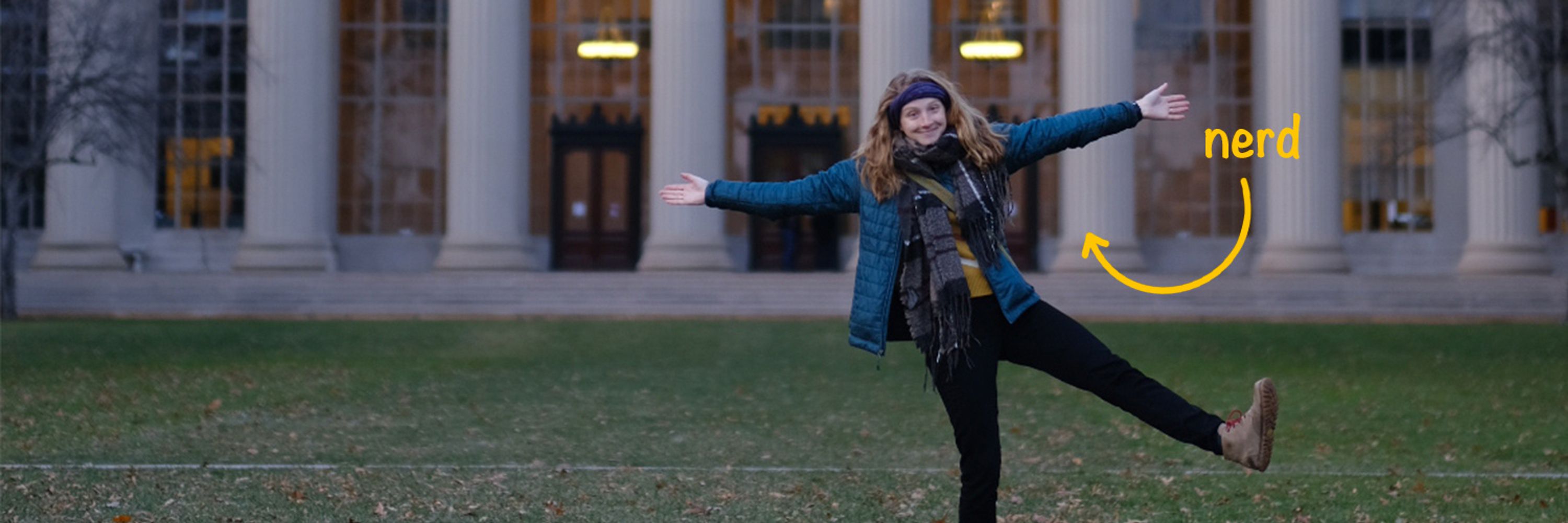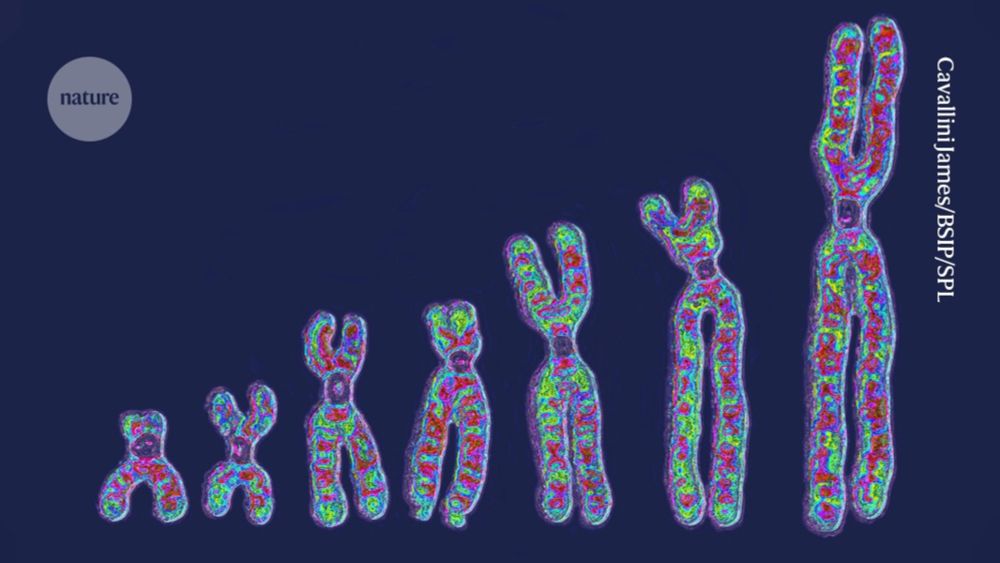


They used an automated tool to detect AI papers after human readers got suspicious. Peer reviews were the worst, at 21% flagged as totally-AI generated. 1% of papers were flagged as fully AI, 9% more than 50%.
By @miryamnaddaf.bsky.social:

They used an automated tool to detect AI papers after human readers got suspicious. Peer reviews were the worst, at 21% flagged as totally-AI generated. 1% of papers were flagged as fully AI, 9% more than 50%.
By @miryamnaddaf.bsky.social:

-puts on newsboy hat-
papers get your papers papers here extra extra read all about it

-puts on newsboy hat-
papers get your papers papers here extra extra read all about it
www.preposterousuniverse.com/blog/2025/11...

www.preposterousuniverse.com/blog/2025/11...
Crappy pay is not just crappy. It is disrespectful. It erodes self-esteem.
Crappy pay is not just crappy. It is disrespectful. It erodes self-esteem.
Nice

Nice
Stipends cannot assume that participants exist in a vacuum without running costs.
Stipends cannot assume that participants exist in a vacuum without running costs.

RTs appreciated.
RTs appreciated.

Aside: I wonder though if the human tasters are happy to be spared. Being able to discern fine differences in spiciness seems like a skill one would only develop because of genuine passion.

Aside: I wonder though if the human tasters are happy to be spared. Being able to discern fine differences in spiciness seems like a skill one would only develop because of genuine passion.
PEOPLE use AI tools to do this crap. AI is not some unstoppable force of nature. It's a tool that makes it way too easy for people to indulge their worst impulses.
Gift link: www.bloomberg.com/news/article...

PEOPLE use AI tools to do this crap. AI is not some unstoppable force of nature. It's a tool that makes it way too easy for people to indulge their worst impulses.
TBH it should not have taken robots flooding the internet with slop for me to start valuing human beings investing time in producing amazing things enough to throw some money their way. But here we are.
TBH it should not have taken robots flooding the internet with slop for me to start valuing human beings investing time in producing amazing things enough to throw some money their way. But here we are.
This one is running rampant in my own speech right now:
Bug --> Boog
Hug --> Hoog
Slug --> Sloog
Blood (/blʌd/) --> Blood (/blud/)
This one is running rampant in my own speech right now:
Bug --> Boog
Hug --> Hoog
Slug --> Sloog
Blood (/blʌd/) --> Blood (/blud/)
She's a scientist that definitely deserves to be better known. It still baffles me that she isn't a household name!!

She's a scientist that definitely deserves to be better known. It still baffles me that she isn't a household name!!
Often, esp. for small businesses, this means I think prices are fair that my friends think are asking too much.
Often, esp. for small businesses, this means I think prices are fair that my friends think are asking too much.
#Nostos #Unflattening 2

#Nostos #Unflattening 2
bsky.app/profile/elis...
Elise cuts (ha ha, pun intended) straight to the implications and interest. Very fun!
In this month's Q&A, I talk with @twaring.bsky.social about his argument that humans are going through an evolutionary transition: groups are the new individual, and culture is the new genome. 🧪

bsky.app/profile/elis...
Elise cuts (ha ha, pun intended) straight to the implications and interest. Very fun!
As ALWAYS, this is about $$.
We're about to become REALLY "great"...
shorturl.fm/xs7gY


